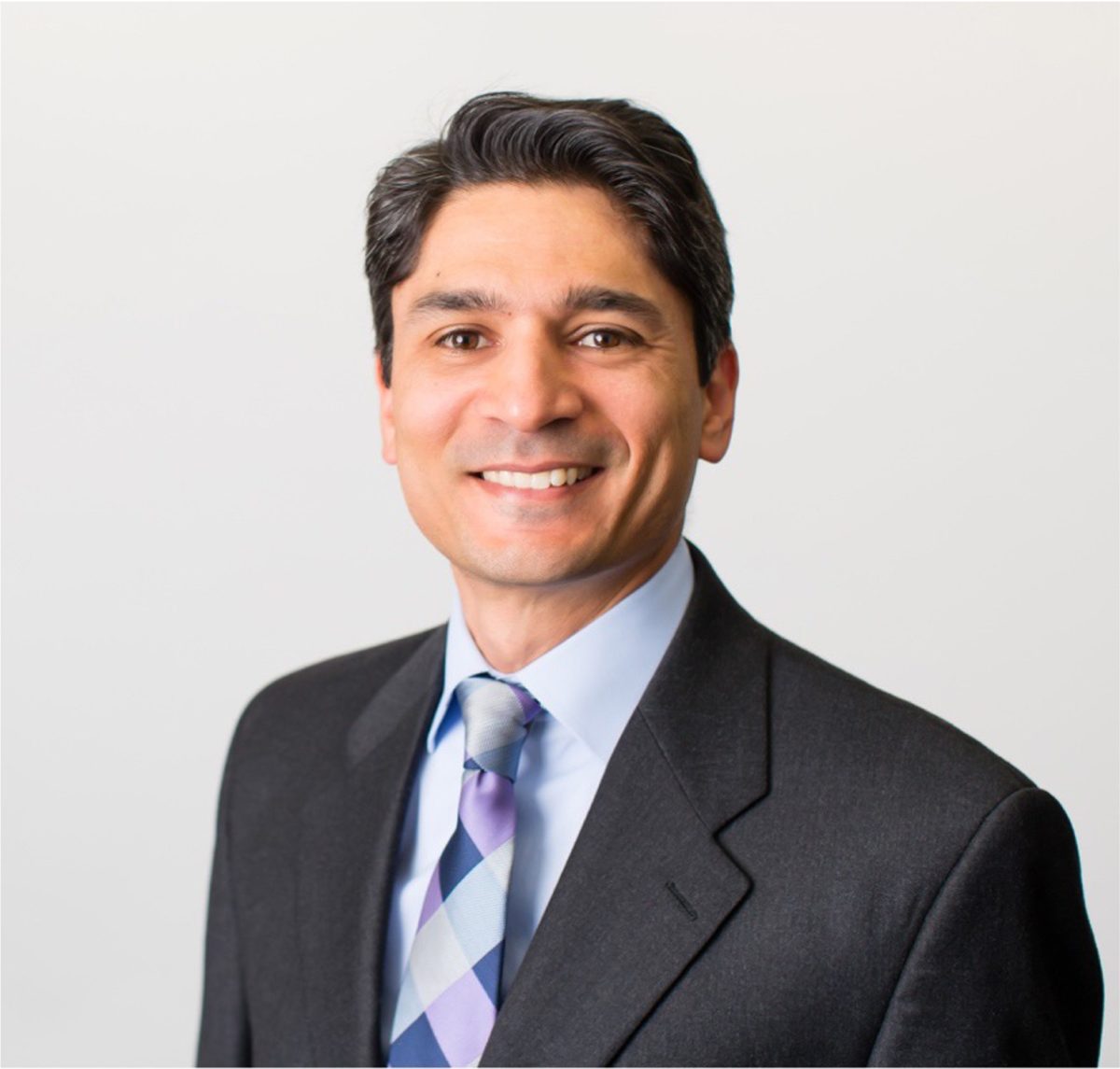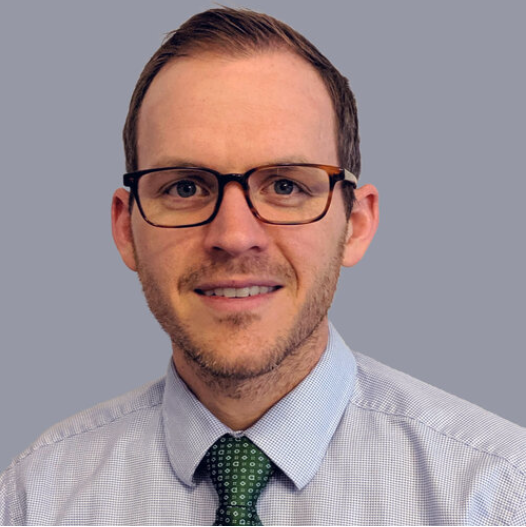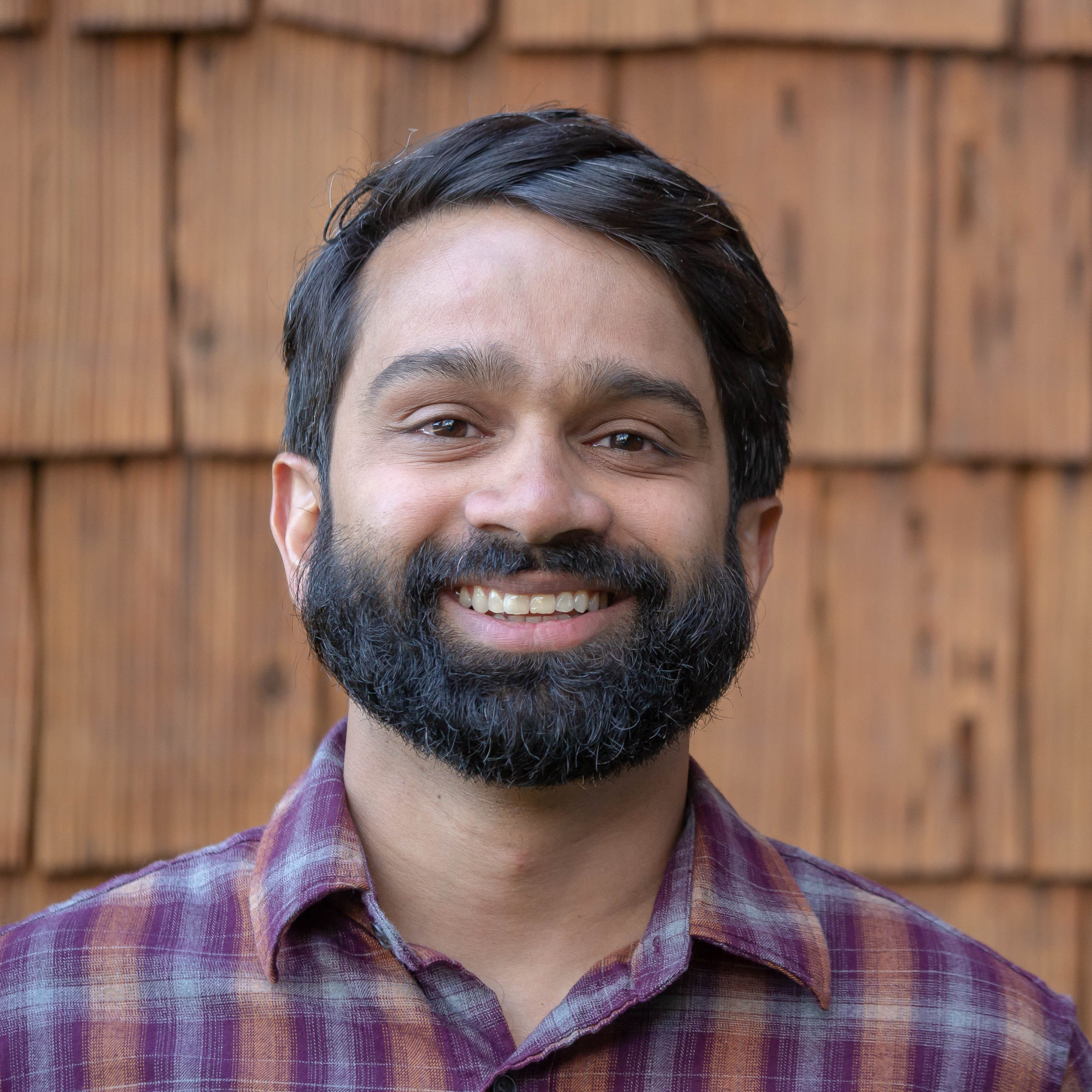Biomedical Research / Scientific Community
Featured Investigators
We’re proud to provide a platform for researchers across the world to explore topics within and adjacent to the single ventricle field. This series specifically highlights the work of early career investigators that are moving the needle in the single ventricle research landscape.

Irfan Kathiriya, MD, PhD
Dr. Irfan Kathiriya is a pediatric cardiac anesthesiologist practicing at UCSF Health and Associate Professor of Anesthesiology at the University of California San Francisco. In addition to his clinical duties, Dr. Kathiriya is a visiting scientist at the Gladstone Institutes in the laboratory of Dr. Benoit Bruneau, where he studies human cardiac gene regulation.
Dr. Kathiriya’s research uses genomics and disease modeling to better understand molecular causes of congenital heart disease, with an ultimate goal to one day apply insights from the lab to help patients with congenital heart diseases.
Article published January 24, 2022
How did you enter your field?
As an M.D., Ph.D. student at UT Southwestern, I was fortunate to join the laboratory of Dr. Deepak Srivastava. It was a terrific environment that nurtured my interest in developmental biology, heart development and congenital heart disease. For postdoctoral training, I joined the laboratory of Dr. Benoit Bruneau at Gladstone Institutes, whose work I have admired, to study how genes are regulated across the genome in heart cells, using human stem cell-based disease models and mouse models. As a physician, I undertook specialty and subspecialty clinical fellowship training at UC San Francisco, to become a pediatric cardiac anesthesiologist, inspired by an exceptional team of multi-disciplinary physicians and nurses who care for patients with congenital heart disease.
What inspired you to conduct research in this field and to include single ventricle as a focus?
The beating heart is captivating, whether in a mouse embryo, a dish of human stem-cell derived cardiomyocytes, or a patient. I’m driven by how the heart achieves its functional form, and how those decisions go awry and lead to congenital heart disease, including single ventricle anatomy and physiology, which are the most devastating, so that we can someday figure out how to improve it.
What motivates you to do what you do?
As a graduate student, I volunteered multiple times at a summer camp for children with congenital heart disease (Camp Moss at Camp John Marc, outside of Dallas, Texas). Each child wanted to enjoy their summer and childhood like everyone else. I’ve been motivated to help give each child, and their families, a better shot at that goal. As I care for these children several days a week, I see the burden on them and their families. I feel that I can make a difference both in the operating room right now, and in the laboratory long-term, by understanding the principles of biology that lead to congenital heart disease.
Based on your experience, what are some gaps in the field we have yet to fill as a community?
Although the field has identified many of the genes that are important for heart development and congenital heart disease, much work remains before we understand how the heart is assembled with precise coordination, how mutations or variations in people’s genes contribute in combination to an increased risk of congenital heart disease, and if it is possible to reverse their negative effects.
What resources and/or actions do you think are needed to close these gaps?
Funding of various approaches in multiple research domains, including basic science, translational and clinical research is needed.
Who and/or what organizations are needed to tackle these gaps?
A critical mass of investigators from various backgrounds are needed, funded by federal, foundation and philanthropic support.
What’s the one thing you wish people knew about this disease?
That there is hope for them. As clinical care improves, helped by medical research, patients with congenital heart disease, including single ventricle physiology, live longer and better lives. There are now more adults than children with congenital heart disease.
As an early-career investigator, how do you see collaboration between communities (researchers, clinicians, patients/families) evolving over the years?
I’m hoping that these collaborations will continue to increase with time, as it’s mutually beneficial for all stakeholders. This could potentially be facilitated by an annual meeting with talks from investigators tailored for a broader lay audience.
What would you like to see change?
More funding opportunities for bold ideas could spur innovation, and grant mechanisms for junior investigators/postdocs would encourage entry into the field.
What advice do you have for other early-career investigators looking to get into this space?
Although not specific to early-career investigators, I think that multi-disciplinary efforts are becoming increasingly indispensable to tackle many complex questions. Connecting with collaborators of different expertise can provide a broad perspective to facilitate new ideas. A team-based approach can be enriching, while accelerating scientific progress.


